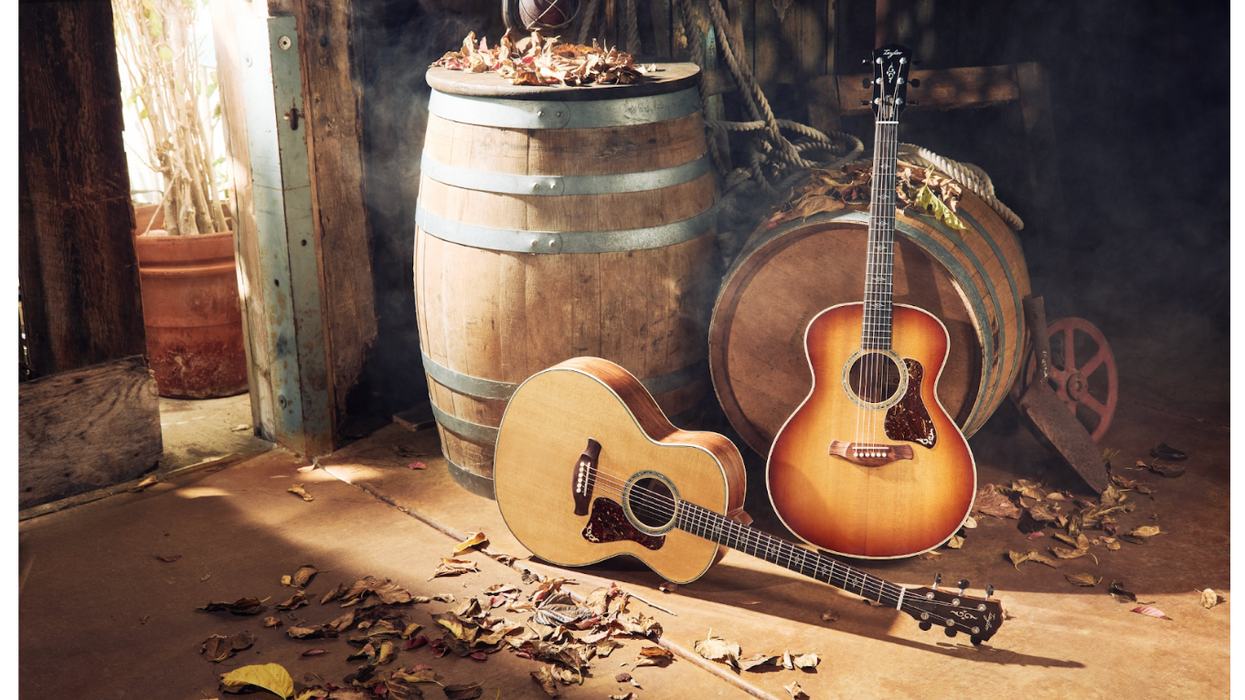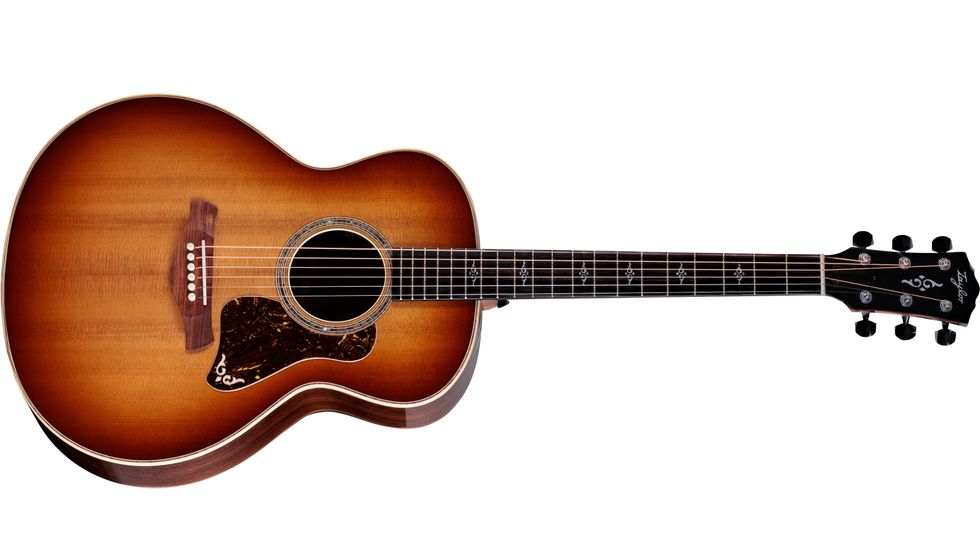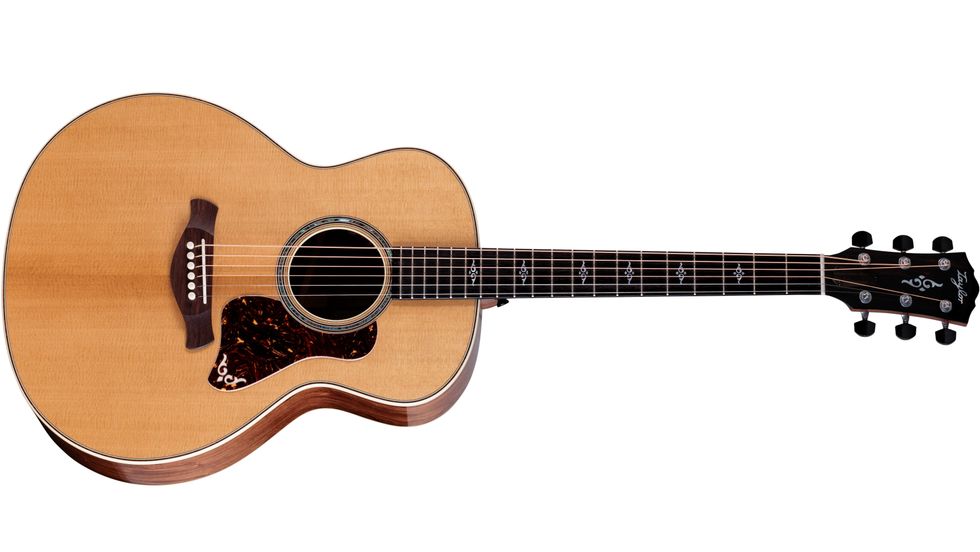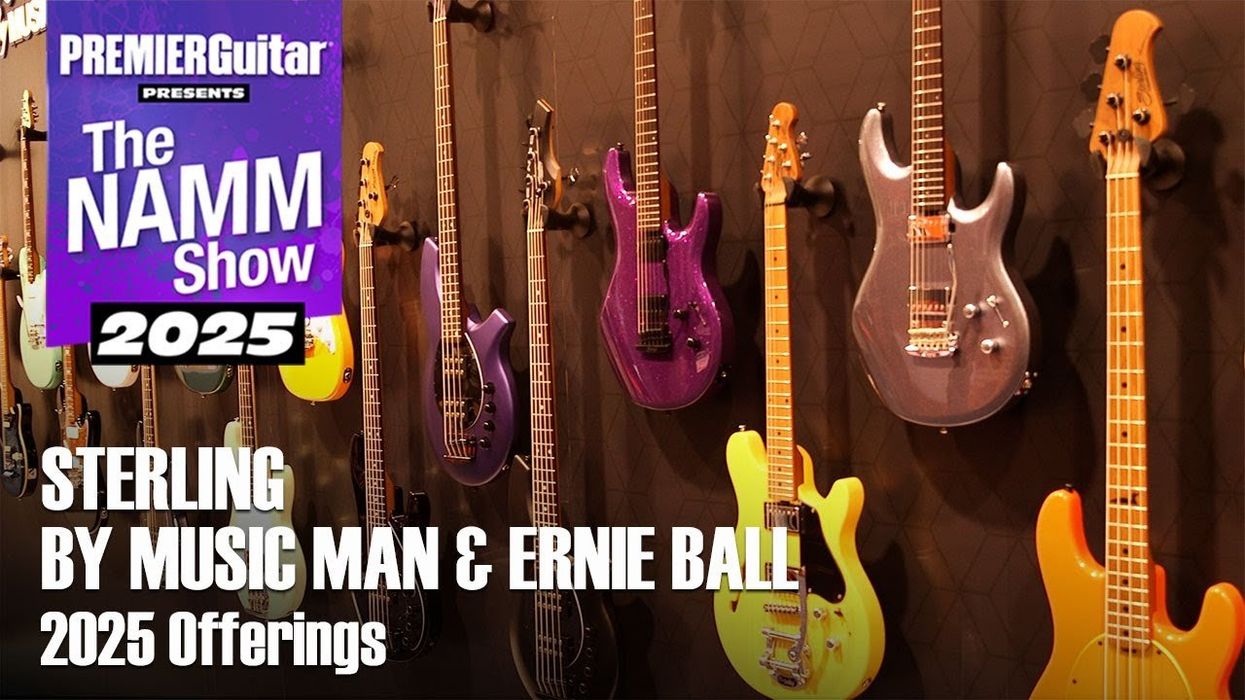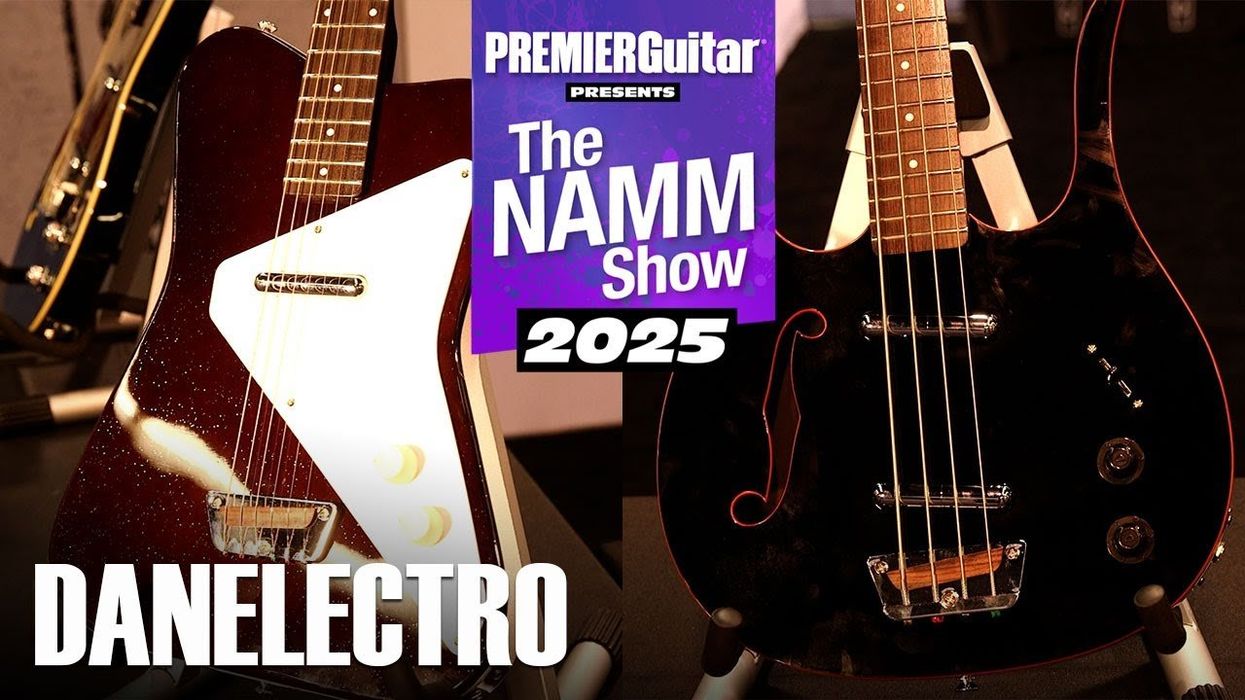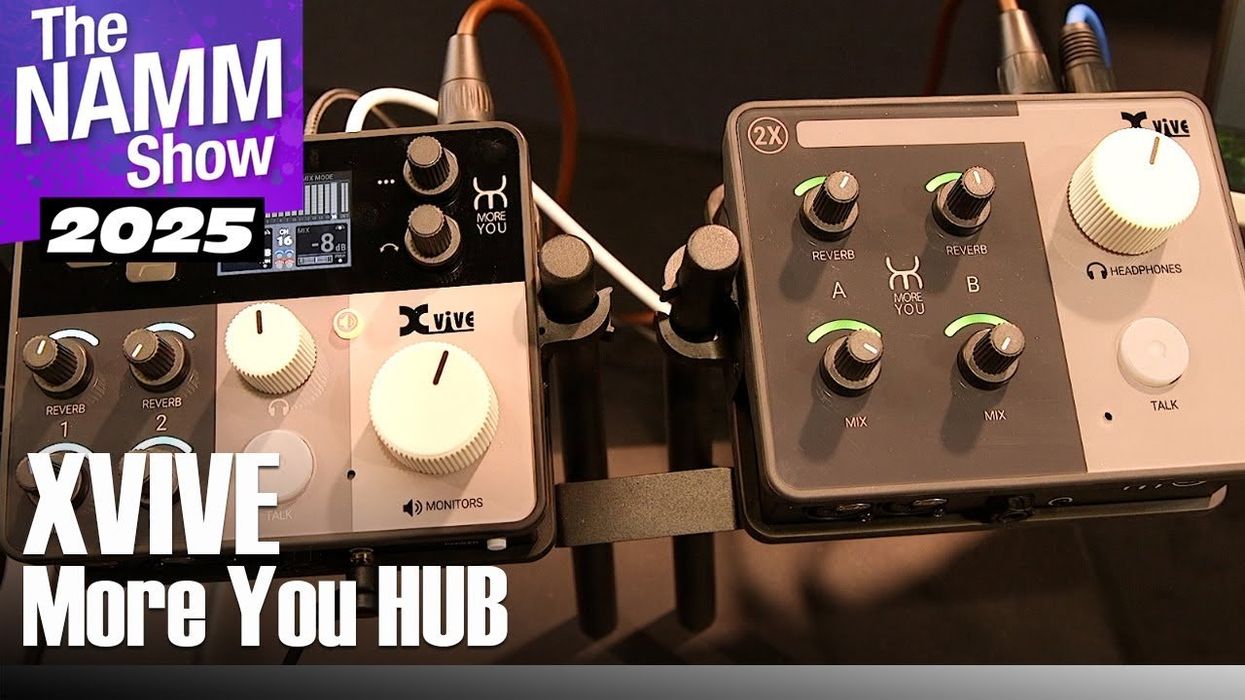Scottsdale, AZ (January 5, 2012) — Fender’s acclaimed Custom Shop is known worldwide for producing the highest-quality, most rare collection of fine instruments. The 2012 limited collection is no exception, and sees the arrival of 10 new exotic models: nine guitars and one bass.
The Custom Shop honors the famous Nocaster with the release of the 1951 New Old Stock (NOS) Nocaster and the 1951 Relic Nocaster. Both models feature a hand-selected ash body with a Nocaster Blonde finish, and include all-new Twisted Tele pickups designed by Fender’s skillful Master Builders, giving the model’s historical significance and modern performance. For added authentic feel, the 1951 Relic Nocaster features special aging treatment, evoking the magic of an aged, Fender classic.
Other features include a one-piece maple neck with early-’50s U shape, maple fingerboard with 9.5” radius and 6105 frets, three-way pickup switch with custom modern Tele wiring, nickel hardware, case and certificate of authenticity.
The 1956 Heavy Relic Stratocaster emits genuine worn out Fender Strat vibe, and is built for tone, playability, and classic looks. Available in Faded Two-Color Sunburst, Desert Sand, and Black, the 1956 Heavy Relic Stratocaster features a hand-selected ash body, one-piece maple neck with a 10/56 large V shape, maple fingerboard with 9.5” radius and 6105 frets, custom shop Fat ‘50s Strat pickups, five-way pickup switch with custom modern Strat wiring, two tone controls and a master volume knob, nickel hardware, case and certificate of authenticity.
The Custom Shop pays homage to the remarkably eventful and exciting 1960s with the 1960 Relic Stratocaster. Features include a hand-selected premium alder body, maple neck with large C shape and matching headstock, rosewood fingerboard with 9.5” radius and 6105 frets, 1960 Stratocaster pickups with five-way switching, three-ply mint green pickguard, vintage hardware, case and certificate of authenticity. Available in Olympic White, Dakota red and Sonic Blue.
Debuted in the early ’60s, the Custom Telecaster instantly became a classic with its double-bound body and striking appearance. Honoring this model is the 1961 Relic Custom Telecaster, featuring a double-bound, hand-selected lightweight ash body, maple neck with an early-’60s C shape, rosewood fingerboard with 9.5” radius and 6105 frets, all-new Twisted Tele pickups with three-way switching, nickel hardware, case and certificate of authenticity. Available in Black and Faded, Three-Tone Sunburst.
The 2012 Closet Classic Stratocaster Pro is a beautiful instrument with a hand-selected swamp ash body and a distinctive Closet Classic lacquer finish that imparts the look of a long-lost, but newly rediscovered instrument. Features include an access heel for easy access to upper frets, a quartersawn maple neck with early-’60s C shape, round-laminated 22-fret maple or rosewood fingerboard with 9.5” radius and 6105 frets, Abby Red Hot pickups hand-wound by the legendary Abigail Ybarra, five-way pickup switching, vintage-style hardware, case and certificate of authenticity. Available in Black, Dakota Red, and Faded Two-Tone Sunburst.
A remarkable guitar with a newly rediscovered feel, the 2012 Closet Classic Telecaster Pro sports a body fashioned from swamp ash with Closet Classic lacquer finish. Other features include an access heel, quartersawn maple neck with a mid-’50s (10/’56) V shape, 22-fret maple or rosewood fingerboard with 9.5” radius and medium jumbo frets, new Twisted Tele pickups with three-way switching and modern wiring, vintage hardware, and a Greasebucket tone circuit. Available in Black, Dakota Red, and Nocaster blonde.
The 2012 Custom Deluxe Stratocaster and 2012 Custom Deluxe Telecaster are exactly that – deluxe models with refined, custom features and the most exotic selection of wood for the highest-quality sound. Both feature a hand-selected lightweight ash body with access heel and AAA quilted maple veneer top, satin-finished AA flame maple neck with C shape and a 22-fret maple or rosewood fingerboard with 9.5” radius and medium jumbo frets, chrome hardware with pearl button tuners, and a case and certificate for authenticity. The 2012 Custom Deluxe Stratocaster features “Abby’s” pickups, hand-wound by the legendary Abigail Ybarra, five-way pickup switch, modern Strat wiring with and a Greasebucket tone circuit. The 2012 Custom Deluxe Telecaster features Twisted Tele pickups, custom Tele wiring, and a Greasebucket tone circuit. Both models are available in Faded Honey Burst, Candy Red, and Faded Cherry Sunburst.
The 1961 Closet Classic Jazz Bass pays tribute to a model that quickly became indispensable for bassists who prized its slim, fast neck, sleek offset-waist design and full dual-pickup sound. Features include an alder body, quartersawn maple neck with a ‘60s U shape, rosewood fingerboard with 7.25” radius and vintage frets, vintage-style Jazz Bass pickups, stacked concentric control knobs, tortoiseshell pickguard, and vintage hardware. It is available in Black and Arctic White.
For more information:
Fender Custom Shop














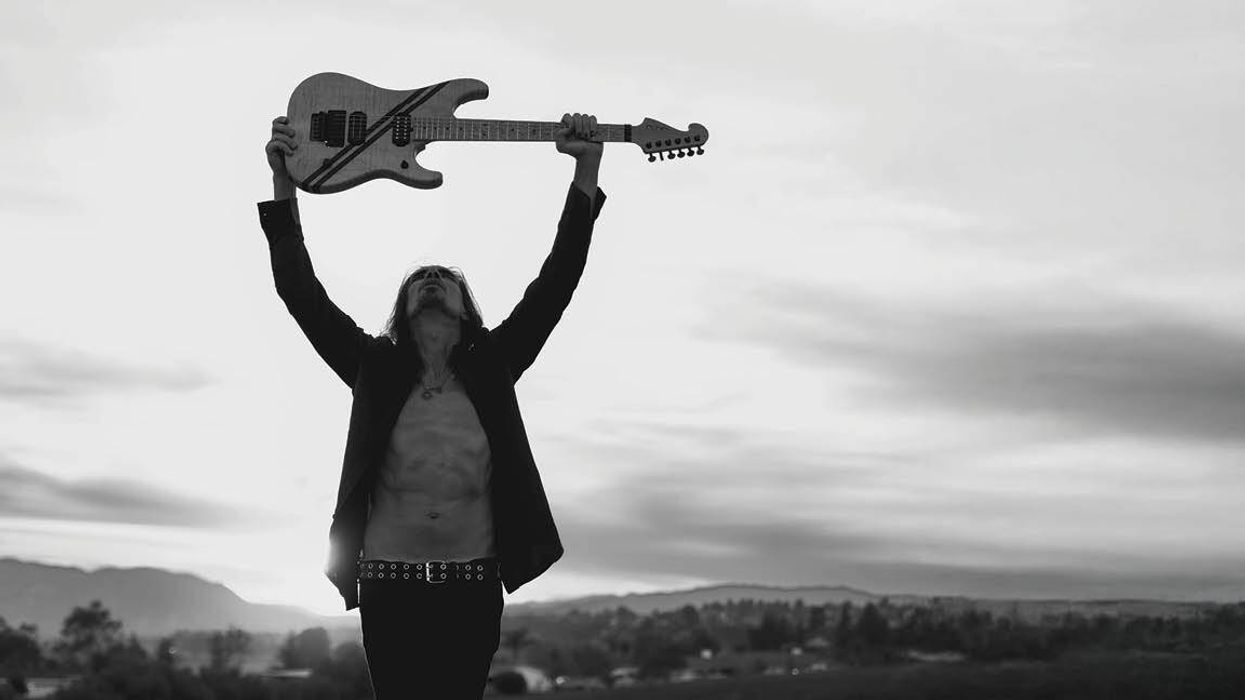
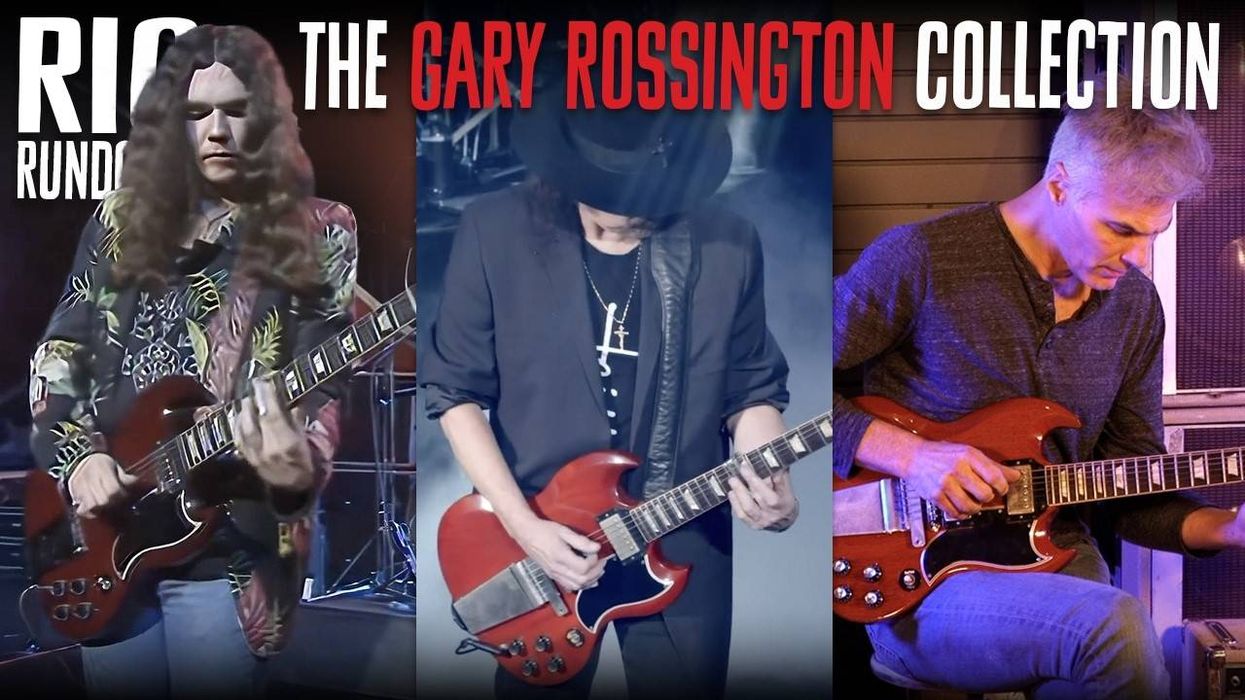
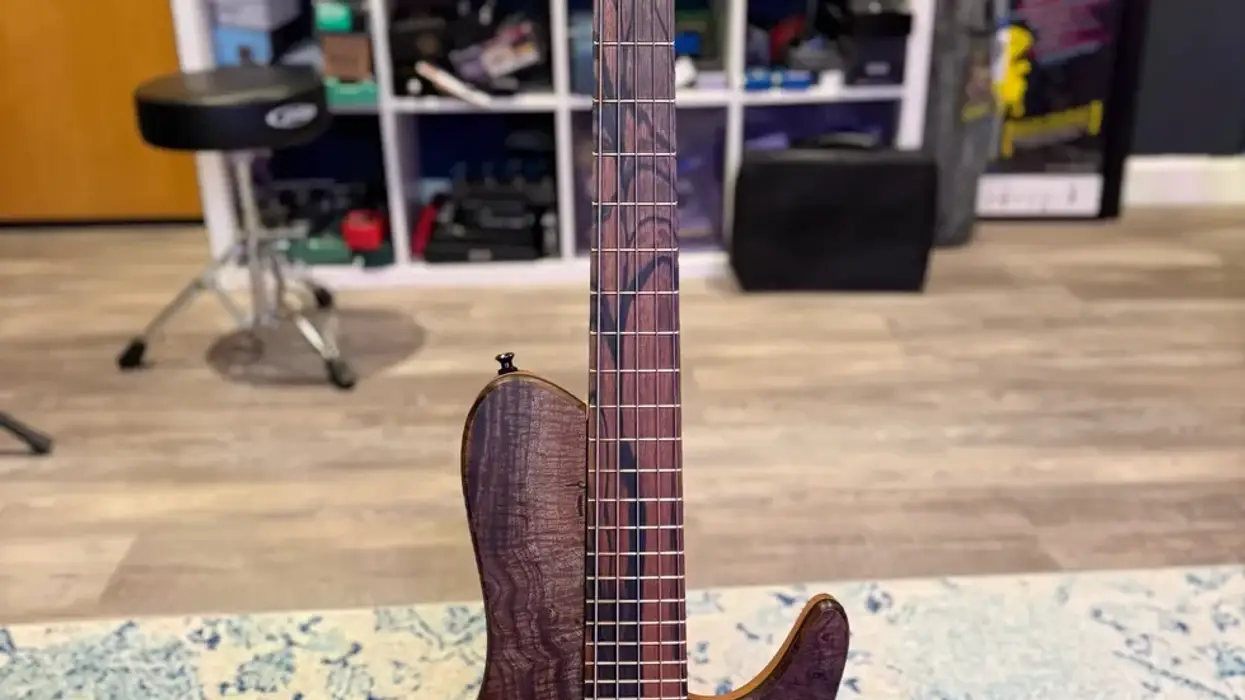
![Rig Rundown: Russian Circles’ Mike Sullivan [2025]](https://www.premierguitar.com/media-library/youtube.jpg?id=62303631&width=1245&height=700&quality=70&coordinates=0%2C0%2C0%2C0)





